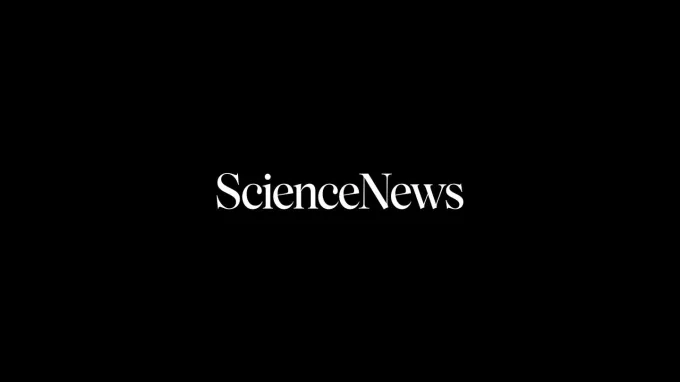Science News Magazine: Current Issue
Vol. 171 No. #18
Trustworthy journalism comes at a price.
Scientists and journalists share a core belief in questioning, observing and verifying to reach the truth. Science News reports on crucial research and discovery across science disciplines. We need your financial support to make it happen – every contribution makes a difference.
More Stories from the May 5, 2007 issue
-
 Computing
ComputingLost in transportation
A new algorithm might make online driving directions more accurate.
-
 Agriculture
AgricultureBugged wines
Stinky compounds emitted by ladybugs can impart a foul taste to wines made from grapes on which the insects had been feeding.
By Janet Raloff -
 Anthropology
AnthropologyKin play limited role in chimp cooperation
Male chimps collaborate in a variety of ways and, like people, often find partners outside of their immediate families for cooperative ventures.
By Bruce Bower -
 Earth
EarthLake Superior is warming faster than its local climate
In recent decades, the waters of Lake Superior have warmed significantly faster than have air temperatures at nearby sites onshore, a trend caused in part by a long-term decrease in the lake's winter ice cover.
By Sid Perkins -
 Animals
AnimalsSpider blood fluoresces
Among spiders, fluorescence under ultraviolet light seems to be a widespread trait.
By Susan Milius -
 Planetary Science
Planetary ScienceA solar forecast
Solar activity, which waxes and wanes in an 11-year cycle, will most likely begin its next round in March 2008 and peak sometime between late 2011 and mid 2012.
By Ron Cowen -
 Health & Medicine
Health & MedicineLess Is More (Bone): Yearly osteoporosis drug reduces fractures
Older women with osteoporosis who received yearly infusions of a drug that prevents bone loss had far fewer fractures than did peers who didn't get the drug.
By Brian Vastag -

Talk to the Hand: Language might have evolved from gestures
Language might have evolved from hand gestures, say researchers who study communication in chimpanzees.
-
 Physics
PhysicsQuantum Loophole: Some quirks of physics can be good for science
Physicists have found a way to almost double measurement precision when using photons to gauge distances.
-

Automatic Networking: Brain systems charge up in unconscious monkeys
Even when monkeys are anesthetized, their brains show patterns of electrical activity similar to those exhibited during wakeful activity.
By Bruce Bower -
 Planetary Science
Planetary ScienceLiquid Center: Mercury has a molten core, radar reveals
Mercury is hot stuff: It's got a core that's at least partially molten, a new radar study of the planet's spin reveals.
By Ron Cowen -
 Health & Medicine
Health & MedicineMore Than Bit Players: Snippets of RNA might sway pancreatic cancer
Small pieces of genetic material called microRNA might provide a preview of pancreatic cancer's aggressiveness and offer targets for combating the usually deadly disease.
By Nathan Seppa -
 Earth
EarthNot-So-Clear Alternative: In its air-quality effects, ethanol fuel is similar to gasoline
Switching the nation's vehicles from gasoline to ethanol may not reduce air pollution.
-
 Archaeology
ArchaeologyPeru’s Sunny View
Researchers have found the oldest solar observatory in the Americas, a group of 13 towers first used around 300 B.C. to mark the positions of sunrises and sunsets from summer to winter solstice.
By Ron Cowen -
 Math
MathSensor Sensibility
Networks of tiny computerized sensors that adjust their function as needed may soon pervade our environment.
-
 Humans
HumansLetters from the May 5, 2007, issue of Science News
Mere kats? “Science behind the Soap Opera” (SN: 3/3/07, p. 138) shows that meerkats bear an uncanny resemblance to human beings. We, too, have an innate sense of responsibility for our group and individually commit acts of unspeakable violence. John HagerhorstFrederick, Md. Just a dram “Natural-Born Addicts: Brain differences may herald drug addiction” (SN: 3/3/07, […]
By Science News
